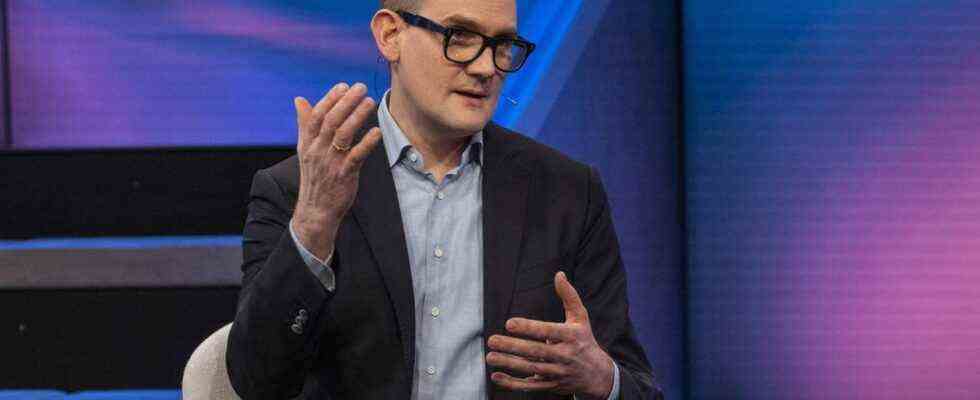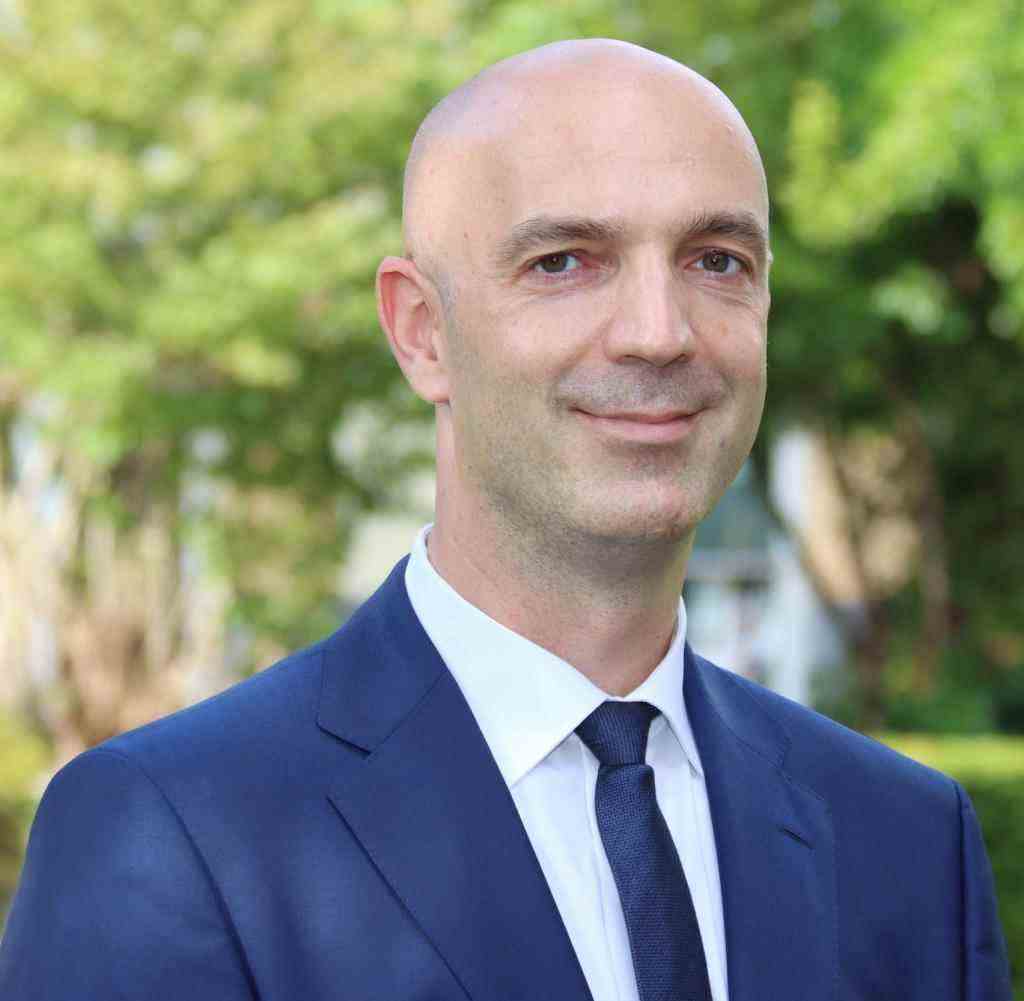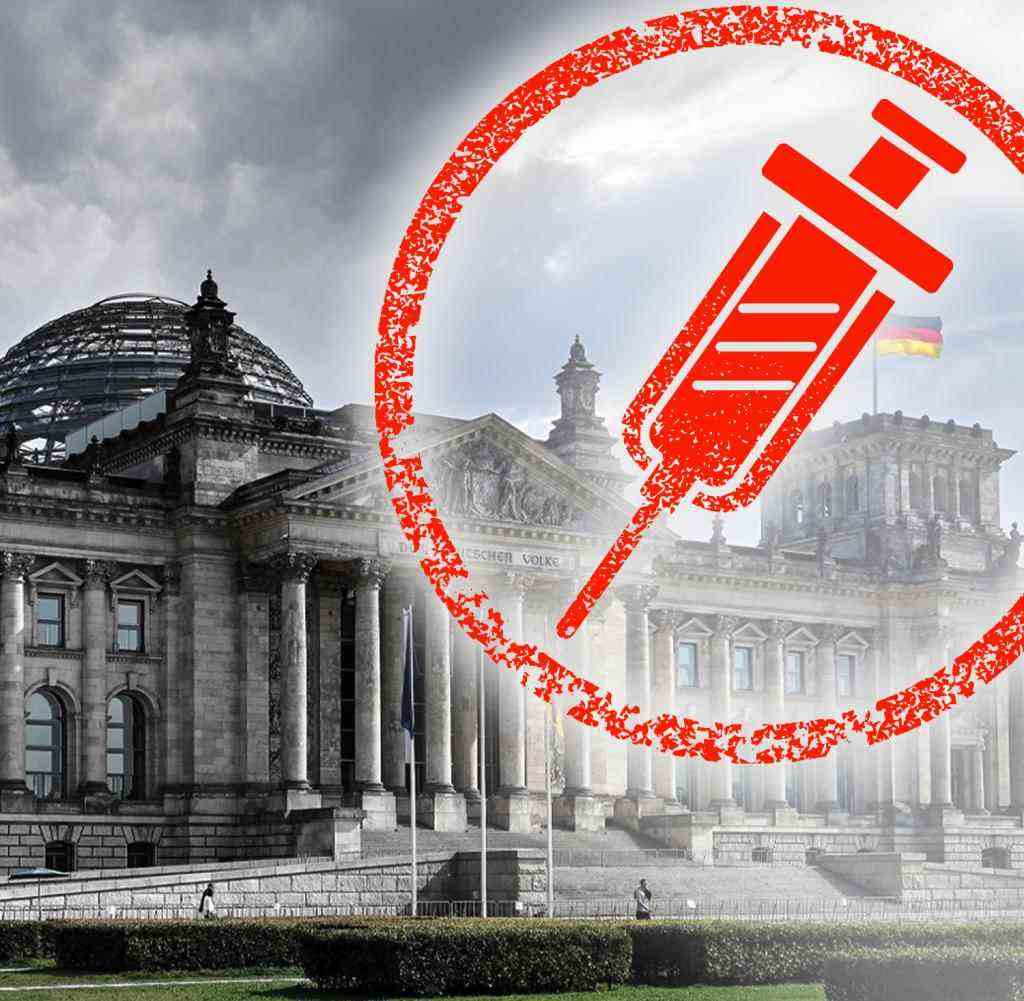NAfter Britain and France announced far-reaching relaxation of the corona measures, Denmark is now the first EU country to lift all restrictions on society. In Germany, despite rising incidences, the first calls for easing are getting louder.
When will it be possible to return to normal, Maischberger asked her guests. Thomas Voshaar, lung specialist and head of the lung clinic in Moers, and Janosch Dahmen (Greens), doctor and health politician, as well as the journalists Gerhard Delling, former ARD presenter, Cerstin Gammelin, deputy head of the parliamentary office of the Süddeutsche Zeitung, and Florian Harms, Editor-in-Chief of T-Online.
Maischberger spoke to Wolfgang Ischinger, the chairman of the Munich Security Conference, about the Ukraine conflict. Ischinger criticized the reluctance of the federal government and said that with his threatening gesture, Russian President Putin had already achieved a major goal.
The differences between Germany and Denmark
Apart from a few entry rules, no corona restrictions have applied in Denmark since February 1st. The country has an incidence of over 5,000. Germany’s incidence is almost 1,200. So why do the measures in the Federal Republic continue to apply? “The comparison of Germany and Denmark is a bit like comparing apples and pears,” said Janosch Dahmen, member of the Bundestag.
Germany is an older, less vaccinated, less boosted and less tested society than Denmark’s. “The Danish way would be a high risk at this point, which we would probably pay with a high price.”
Cerstin Gammelin also sees a big difference between the countries: “Denmark has one and a half times more inhabitants than Berlin. It’s easier to negotiate there.” In fact, the Scandinavian country has around 5.8 million inhabitants. “You can’t transfer that one-to-one to Germany,” says Gammelin.
In addition, the vaccination rate in Denmark is a good 81 percent, in Germany around 76 percent of citizens have been vaccinated at least once. Chancellor Olaf Scholz (SPD) has thus missed his goal of reaching 80 percent vaccinated by the end of January.
More vaccinated through advertising or compulsory vaccination?
Doctor Thomas Voshaar sees a need for action: “I think we have to admit that we put pressure on groups that have not been vaccinated, but did not reach them.” How can we achieve that? “It’s only possible to speak to them directly.” People who speak bad German, for example, have to be reached on site. “I miss suggestions that want to achieve that,” says the head of the lung clinic. For him, compulsory vaccination is not one of the appropriate means.
Dahmen contradicts this: “The vaccination requirement is a piece of the jigsaw puzzle that can save us from another bad winter. For this we need a high level of immunization in society.” With the vaccination requirement in the medical sector, a first step is now being taken to protect vulnerable groups. From March 15th, the facility-related vaccination obligation will apply, according to which staff in old people’s or nursing homes must be vaccinated. “But it also needs compulsory vaccination from the age of 18,” says Dahmen.
The corona measures in Germany would also work. “There are definitely signs of hope,” Dahmen said. The number of cases would increase, but not as much as in the previous corona waves. If you loosen it too quickly, the result would be heavy stress in the intensive care units, similar to the Delta variant, he warns.
This is how the path from pandemic to endemic succeeds
The no-Covid strategy has definitely failed, says doctor Voshaar. That was scientifically clear beforehand. You have to learn to live with the virus. “You can never defeat a respiratory virus. It keeps coming back and it will keep mutating,” he says. A stable basic immunization is the means that protects against severe courses and reduces mortality.
Voshaar: “The way out of a pandemic is always only the transition to an endemic, through repeated infections on the basis of a stable basic immunization that prevents catastrophes.” With Omicron, a mutation is now present that quickly infects many people, but fewer people get sick have a creative effect. This could help bring the pandemic into endemic status, i.e. a limited but permanent form of the disease.
Dahmen contradicts: “To say that we will now let the unvaccinated get infected and that they will be protected in the long term and broadly from infections and serious illness is not covered by science at the moment.” Rather, the 2G Plus rule would have protected from even higher increases in incidence in recent weeks, he says. Dahmen warns against demands for easing that are too early, so as not to further burden the intensive care units.
Demands for relaxation and their conditions
The demands for easing come not only from the economy, for example from retailers or the catering trade. In Schleswig-Holstein, for example, 2G and 3G are to be eliminated, and football stadiums can let in more spectators. Thomas Voshaar suggests a different perspective in the pandemic: “I believe that we should not make the situation in the health system and intensive care units the yardstick for everything,” he says.
It is a “special assessment” to adjust everything in the country according to whether the doctors and nurses are currently relaxed or not. After all, the doctors and nurses would work for society.
Journalist Cerstin Gammelin thinks that there will still be talk of easing well before Easter and that the debate will gain momentum pretty quickly. “The retailers and restaurants are pushing,” she says.
Dahmen believes that three key figures have to be right before easing can really take place. “The incidence of hospitalization must decrease, the availability of beds in the wards must be sufficient for regular operation and it must be ensured that the staff are not absent in large numbers.”
“Deterrence is War Prevention”
Moderator Maischberger spoke to diplomat Wolfgang Ischinger about the Ukraine conflict. The former ambassador of the Federal Republic of Germany says that one can read exactly what Russia is doing on the border with Ukraine from satellite data. 130,000 soldiers are currently stationed there, plus logistics such as trucks. “Eastern Siberia has never been so empty of Russian military forces as it is at the moment. Even from there, soldiers have been sent thousands of kilometers to the Ukraine border,” he says. “It looks menacing.”
Like everyone else, he can only speculate as to whether Russian President Vladimir Putin will actually use his military power. But: “Putin has already achieved an important political goal with his threatening gesture. The US offers negotiations on short- and medium-range missiles.”
Germany has decided not to send weapons to Ukraine, instead announcing that it will deliver 5000 helmets. Ischinger does not agree with the Federal Republic on the issue of arms delivery. For him, however, it is much more important that NATO as an alliance also show unity in order to get Russia to do nothing militarily. “Deterrence is the prevention of war,” declared the foreign policy expert.





